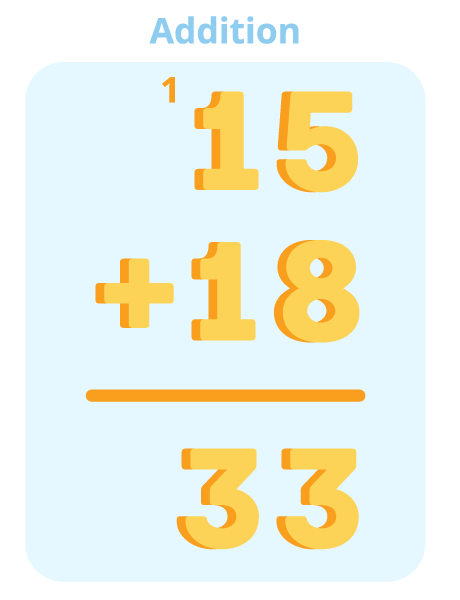What Is Regrouping In Math?
How to Teach Regrouping in Math so it’s Easy
Learn how to teach regrouping in math in 3 simple steps.
Addition and subtraction are simple operations. But, any elementary math teacher knows you have to be careful about which problems you give to children. If you give a child a problem that involves regrouping before they know how to do it, frustrations and questions will ensue.
So, what is regrouping in math and how do you teach it? It’s a simple concept that can be taught easily with the right tools. Here’s what you need to know.
What Is Regrouping In Math?
Regrouping in math is when you make groups of ten when performing operations such as addition or subtraction. This typically takes place when you work with double digits. However, technically, in addition, it takes place any time you have an answer that’s larger than 10. In subtraction, it applies to any situation in which you have to “borrow” from the tens column.
For example, in 2 digit addition, you might have 15 + 17. In this case, you need to regroup. When you add 5 + 7 you have 12, or one ten and two units. So, you regroup the tens into the tens column and leave the two units. The answer is 32.
However, regrouping isn’t only for addition. You can also regroup in a subtraction problem. For example, let’s take the problem 24 – 16. Starting with the units, you can’t take 6 away from 4. So, you have to regroup one of the tens in the 20 into a group of ten units. Then, you take away 6 from 14. Your answer is 8. Finally, you check the tens side. You have one ten minus one ten, which is zero. So, the final answer is 8.
How to Teach Regrouping Addition in 3 Steps:
It’s very important that students understand exactly what’s happening when they regroup. That means you can’t just dive in with regrouping problems with no support. Instead, use these steps to guide students through the process.
Step 1: So that students have a deep understanding of regrouping, it’s often helpful to use manipulatives such as base 10 cubes or Montessori decimal system beads. These manipulatives show the difference between tens, units, hundreds, and thousands. It’s a very important distinction to make.
Have students count out the units and exchange them for tens. Or, in subtraction, have them exchange a ten bar for ten units. This will help them see and experience the regrouping.
Step 2: Now that students have worked with materials in a concrete, hands-on way, you can move on to visuals. Visuals also help your students understand regrouping and help children move away from the help of manipulatives. In fact, Happy Numbers does this in the problems we show children. For example, check out this first-grade problem:
https://happynumbers.com/demo/cards/300830?mode=preview
Notice how the child will add the 8 units, first completing a group of ten. Then, the leftover units will remain as units, giving the child the answer of 2 tens and 3 units, or 23.
Step 3: After children can add and subtract using manipulatives and visuals to support them, you can teach the traditional steps to perform these operations using just pencil and paper. By this point, children will have internalized the process of regrouping in math.
The traditional method usually looks something like this in addition:


And like this in subtraction:
This is a more abstract way of regrouping. However, with the foundation of using manipulatives and visuals, children will have a good understanding of regrouping.
By following these three steps to teaching regrouping, you can make sure your students have a strong understanding of the concept. With this as a base, students will go on to solve ever more complex math problems with great success!
Try implementing the Happy Numbers curriculum in your own lesson plans and see the results for yourself! Set up a class and start a free trial which is available only this week!
